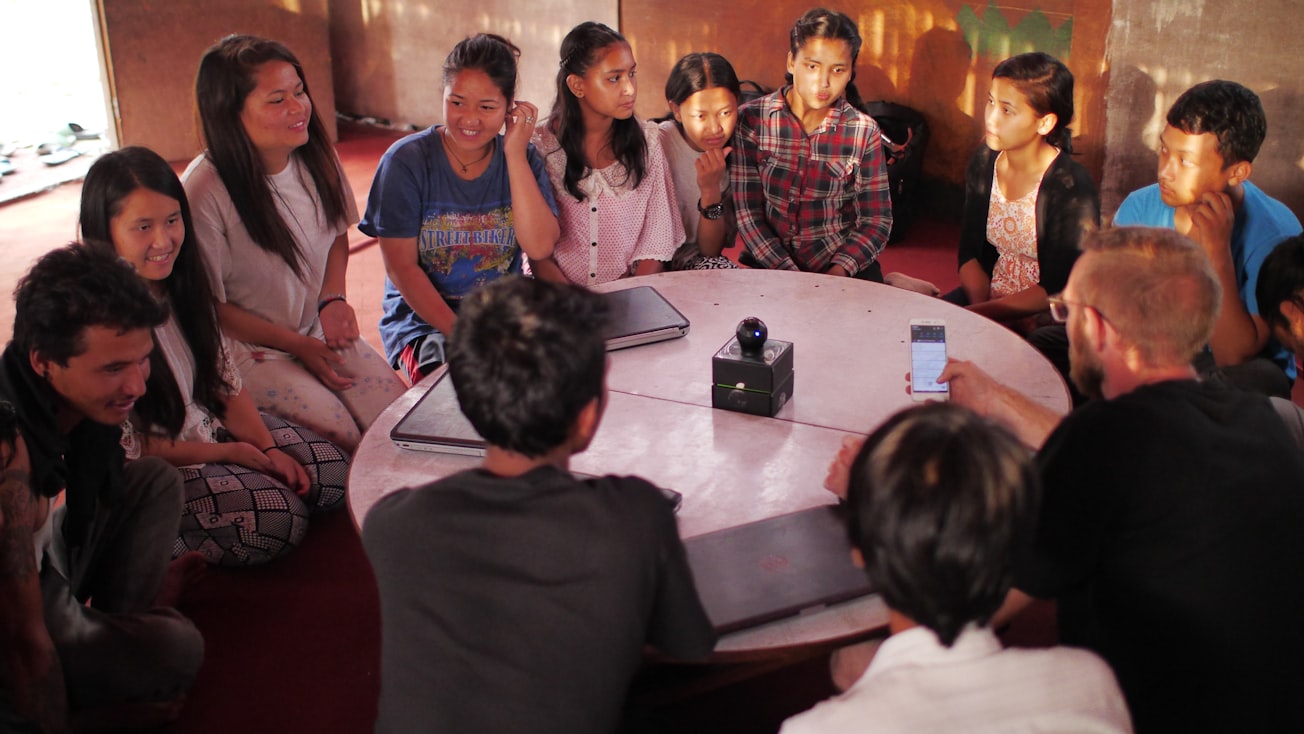What is it about?
When trying to make changes to the way we deliver public services and to the design of public spaces, it is important to find out what matters to the people who both use and manage them. Recognising that this is difficult to do well, this paper draws on 25 years’ experience, including developing the Ketso toolkit for creative engagement and seeing it used around the world, to give a guide for how to work with diverse groups of people to develop ‘shared maps’ of possible future directions to guide our decision making. The three key 'pillars of effective coproduction', which are set out with examples in this article, are: Hear everyone's voice Structure effective thinking and creativity Link information across time and place
Featured Image

Photo by tribesh kayastha on Unsplash
Why is it important?
At a time when there is increased division, and there are challenges faced on multiple fronts, from tackling the cost of living crisis to violence and insecurity and climate change, we need fresh thinking more than ever. Any thinking about change needs to take on board the perspectives and concerns of all the people affected, especially the most vulnerable in society. This paper gives a practical framework for effective participation and collaboration, based on years of experience, which can be used at any level, from planning an effective workshop, to developing a programme of active involvement in decision-making and action.
Perspectives
It was an interesting process writing this article, looking back at what we had learned over 25 years of experience. What I hadn't quite expected was just how useful this would be for my on-going work. I find I use the three key principles all the time now in planning workshops and ways to engage in partnership. Obviously I was using them in some ways before, as this paper was all about articulating them, but having them set out clearly like this has made my work with Ketso easier, as they are so simple and easy to remember. I hope that this article helps many other people to develop partnerships, engage with community members and people with lived experience, and to have more effective workshops and ways of working together.
Joanne Tippett
University of Manchester
Read the Original
This page is a summary of: Where to lean the ladder of participation: a normative heuristic for effective coproduction processes, Town Planning Review, March 2020, Liverpool University Press,
DOI: 10.3828/tpr.2020.7.
You can read the full text:
Resources
Hands on Engagement with Ketso: ASPECT UK Methods for Change
A short video that sets out the three pillars of effective coproduction with the example of how they work illustrated with Ketso, a hands-on kit for creative engagement.
Hands-On Engagement and Learning With Ketso - ASPECT Methods for Change
This is a practical guide to using Ketso as a participatory method, based on the three pillars of effective coproduction. Tippett, J., How, F., Barron, A. and Pottinger, L. (2021). Hands-On Engagement and Learning With Ketso in Barron, A., Browne A., Ehgartner U., Marie Hall, S., Pottinger, L. and Ritson, J. (eds.) Methods for Change: Impactful social science methodologies for 21st century problems. ASPECT, pp. 250-259. https://aspect.ac.uk/resources/research-method-hands-on-engagement-and-learning-with-ketso/
Contributors
The following have contributed to this page










